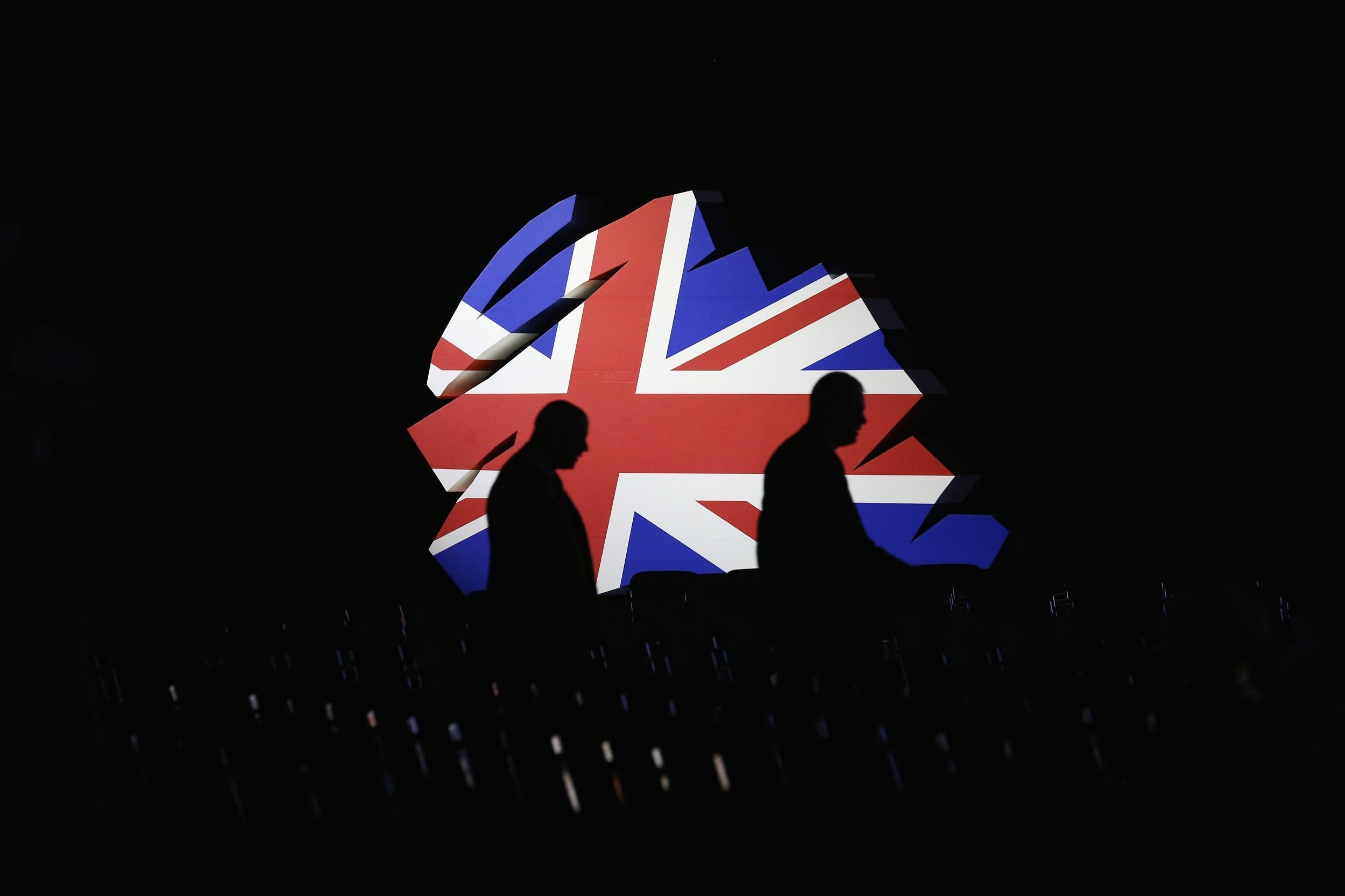What does Tory mean and where does this term come from?
Tory is used to refer to members of the Conservative Party but the term is much older

Your support helps us to tell the story
From reproductive rights to climate change to Big Tech, The Independent is on the ground when the story is developing. Whether it's investigating the financials of Elon Musk's pro-Trump PAC or producing our latest documentary, 'The A Word', which shines a light on the American women fighting for reproductive rights, we know how important it is to parse out the facts from the messaging.
At such a critical moment in US history, we need reporters on the ground. Your donation allows us to keep sending journalists to speak to both sides of the story.
The Independent is trusted by Americans across the entire political spectrum. And unlike many other quality news outlets, we choose not to lock Americans out of our reporting and analysis with paywalls. We believe quality journalism should be available to everyone, paid for by those who can afford it.
Your support makes all the difference.Conservative MPs are often called Tories colloquially, particularly by journalists looking for a shorter word to slot into a headline.
While some use the term interchangeably with the word Conservative, it also carries pejorative associations. Political rivals often use it in attack lines – Tory cuts, Tory austerity, Tory civil war.
Yet the original word is much older than the official party name.
Where does the term come from?
The word ‘Tory’ emerged the 17th Century, when it was used to describe a political faction who opposed the exclusion of Charles II’s brother James from the throne, during a conflict known as the Exclusion Crisis.
A rival faction, known as Whigs, sought to prevent James from becoming King as he was a Roman Catholic, despite being Charles II’s heir presumptive.
The Tories, who supported James’ campaign, were eventually victorious and he was crowned James II – or James VII of Scotland – in 1685.
The word also appears in early Irish and Scots Gaelic to mean ‘outlaw’ or ‘robber’, eventually becoming a term of abuse for an Irish rebel.
What does it stand for politically?
Tories were characterised by a strong support for the monarchy and the Church of England – despite their initial support of the Catholic heir to the throne – as well as patriotism and a resistance to radical reforms.
Tories also supported the crown as a check on the power of parliaments, which were dominated by their Whig rivals until the 18th Century.
Support free-thinking journalism and subscribe to Independent Minds
When did the word Conservative start to be used?
The term was first used to describe the movement during the leadership of Sir Robert Peel in the 1830s. Sir Robert, who came from an industrial background rather than the landed gentry, pushed a more modern agenda while preserving some traditional Tory beliefs.
Despite the adoption of the name ‘Conservative’, Tory continued to be in use in some speeches and official documents.
When was the Conservative Party officially formed?
The modern party says it was formed in 1834, which makes it Britain’s oldest political party as well as one of the oldest parties in the world that is still in existence.
Join our commenting forum
Join thought-provoking conversations, follow other Independent readers and see their replies
Comments